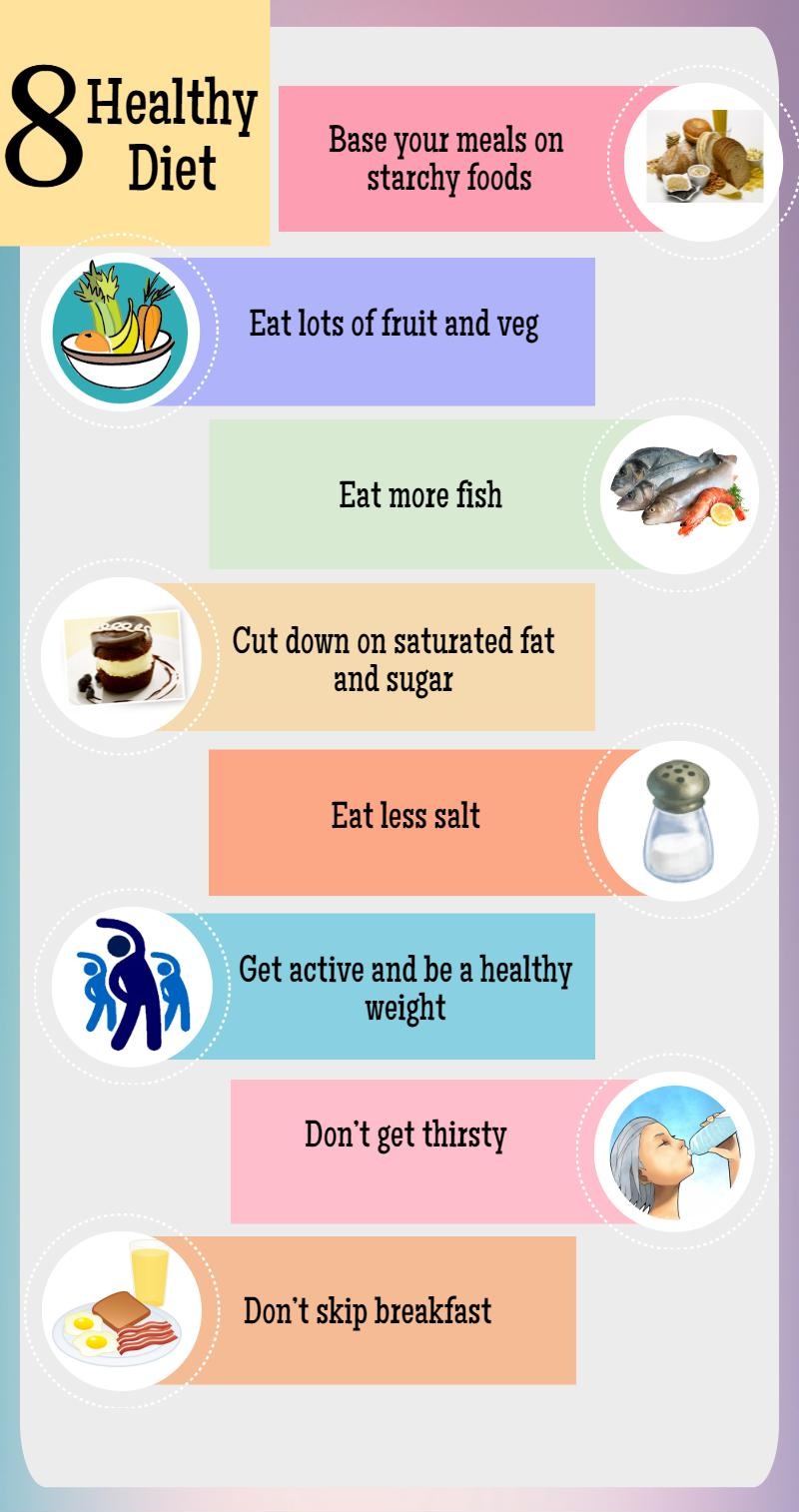
The American Psychological Association suggests that you take short breaks outside to recharge and refresh. They offer helpful tips to encourage you to get out and enjoy some fresh air. Active relaxation exercises can help you overcome stressful situations. Stress is most commonly stored in the jaw, neck, shoulders and back. For a better chance of finding a stress reliever that works, try relaxing all of the above areas at once.
Engaging your senses may help you release worries and refocus your focus. There are many different ways to stimulate the senses. Different people have different preferences. Some people enjoy hand massages, while others might find comfort in scented lotion. Whatever method you choose to use, it's important to find a way for yourself to feel engaged and comfortable. A stress ball is another option that can help you relax and soothe your mind.

Exercise is good for your body and can help with stress. Exercising improves sleep patterns, which can improve your ability to cope with stress. Additionally, it can help you manage your time better, as it helps you feel more refreshed and energized. Don't forget about eating well. To function properly, it is important that you get enough sleep. It can help you avoid headaches and digestive problems, and it will make you feel more energetic.
Aromatherapy can reduce stress and increase energy. Some scents can lower stress hormone levels and change brain waves. Stress can be reduced using many different types of aromatherapy. Aromatherapy can be used to reduce stress by using essential oils that are uplifting and make you feel more energetic. Similarly, you can write in a journal to release pent up feelings and emotions. This process helps you release negative energy. Next, you can begin an exercise routine that will help improve your mood.
While there is no stress relief method that works for everyone; certain techniques can work for you. Some people respond to aromatherapy through a placebo effect, and other people will find aromatherapy soothing. Meditation can help you to calm down and focus. You may not find the same results for everyone but it can make you feel happier and more productive. Reduce the amount you worry and you can relax. Do these simple mindfulness exercises to help you relax and decrease your stress levels.

Meditation is another technique that can help lower stress levels. It may take time and requires practice, but you'll soon see a difference in your stress. There are many different types of meditation programs. Beginners should start with a simple mediation. Focusing on one object at a time in a quiet area will allow you to detach yourself from all thoughts. Meditation can be done in silence. Meditation can be as simple as being still.
FAQ
How can I get enough vitamins?
Most of your daily vitamin requirements can be met by diet alone. Supplements may be necessary if you are not getting enough of a particular vitamin. A multivitamin can contain all the vitamins that you need. You can also buy individual vitamins in your local drugstore.
If you are concerned about getting enough nutrients, talk to your doctor about what foods contain the best sources of vitamins. The best sources of vitamins K, E, and C are found in dark green leafy veggies such as spinach and broccoli, kale.
Ask your doctor if there is any doubt about how much vitamin you should be taking. The doctor will determine the proper dosage based upon your medical history as well as your current health.
How does an anti-biotic work?
Antibiotics kill harmful bacteria. Antibiotics can be used to treat bacterial infection. There are many options for antibiotics. Some can be taken orally while others are injected. Others are topically applied.
People who have been exposed are often given antibiotics. One example is if someone has had chickenpox and wants to prevent shingles. A penicillin injection might be given to prevent pneumonia in someone who has had strep.
Doctors should prescribe antibiotics to children. Side effects of antibiotics can be more dangerous for children than for adults.
Diarrhea being the most common side effect of antibiotics. Other possible side effects include stomach cramps, nausea, vomiting, allergic reactions, headaches, dizziness, and rashes. These side effects usually disappear once treatment has ended.
How can you tell what is good?
Your body is your best friend. Your body will tell you how much exercise, nutrition, and sleep you need. To avoid overdoing it, it's important that you pay attention to what your body is telling you. Pay attention to your body, and ensure that you are doing all you can to keep yourself healthy.
Statistics
- The Dietary Guidelines for Americans recommend keeping added sugar intake below 10% of your daily calorie intake, while the World Health Organization recommends slashing added sugars to 5% or less of your daily calories for optimal health (59Trusted (healthline.com)
- According to the Physical Activity Guidelines for Americans, we should strive for at least 150 minutes of moderate intensity activity each week (54Trusted Source Smoking, harmful use of drugs, and alcohol abuse can all seriously negatively affect your health. (healthline.com)
- WHO recommends consuming less than 5% of total energy intake for additional health benefits. (who.int)
- This article received 11 testimonials and 86% of readers who voted found it helpful, earning it our reader-approved status. (wikihow.com)
External Links
How To
What does the meaning of "vitamin?"
Vitamins are organic substances found naturally in food. Vitamins are necessary for us to absorb nutrients in the foods we consume. Vitamins cannot be made by the body; they must be taken from food.
There are two types if vitamins: water soluble, and fat soluble. Water-soluble vitamins dissolve quickly in water. Some examples include vitamin C,B1 and B2 vitamins (thiamine), B2 and riboflavin, B3 and B6 vitamins (niacin), folic acids, biotin, pantothenic acids, and cholesterol. Fat-soluble vitamins are stored in the liver, fatty tissue and kidneys. Examples include vitamin D, E, K, A, and beta carotene.
Vitamins are classified based on their biological activity. There are eight major categories of vitamins.
-
A - Essential for healthy growth and health maintenance.
-
C – essential for proper nerve function.
-
D – Essential for healthy teeth, bones and joints
-
E is necessary for good vision, reproduction.
-
K - essential for healthy muscles, nerves, and bones.
-
P - essential for strong bones, teeth and tendons
-
Q - aids digestion and absorption of iron.
-
R – Required for the formation of red blood vessels.
The recommended daily allowance (RDA) of vitamins varies depending on age, gender, and physical condition. RDA values are set by the U.S. Food and Drug Administration (FDA).
For adults 19 years and over, the RDA of vitamin A is 400mg per day. Because it is essential for the development of the fetus, pregnant women should consume 600 micrograms per daily. Children ages 1-8 require 900 micrograms per day. Babies under one-year old require 700 mg per day. Between 9 and 12 years of age, however, this drops to 500 mg per day.
Children between the ages 1--18 years old who are overweight or obese require 800 micrograms per Day, while those who are overweight or obese need 1000 micrograms. To meet their nutritional needs, children underweight and obese require 1200 micrograms a day.
Children ages 4-8 years who have been diagnosed with anemia need 2200 micrograms per day of vitamin C.
Adults over 50 years of age need 2000 micrograms per day for general health. Due to their increased nutrient needs, pregnant and breastfeeding women need 3000 micrograms daily.
1500 micrograms is the recommended daily intake for adults aged 70+, who lose approximately 10% of muscle each year.
Women who have been pregnant or are lactating require more than the RDA. Pregnant and breastfeeding women require 4000 micrograms each day during pregnancy and 2500 Micrograms each day after delivery. Breastfeeding mothers need to consume 5000 micrograms every day when breastmilk has been produced.